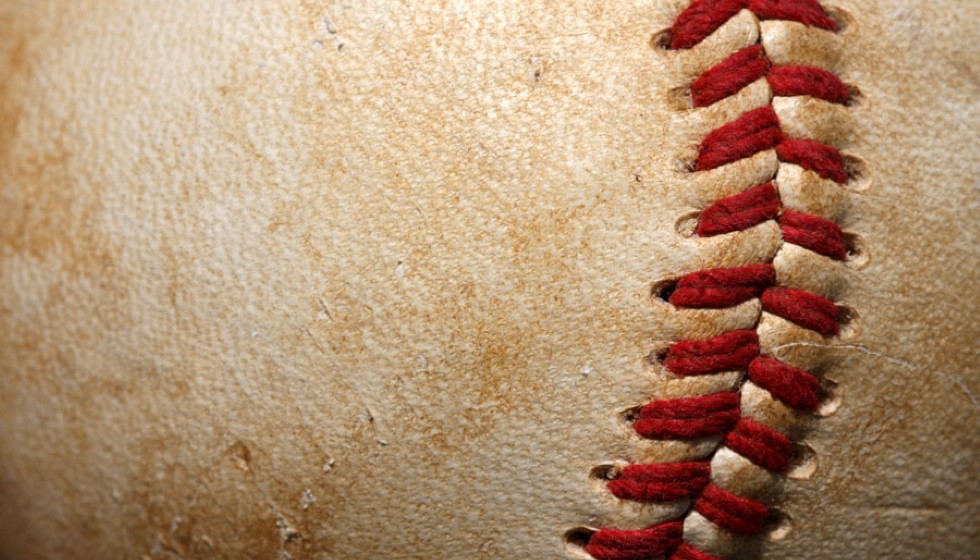
In the storied annals of Major League Baseball, a handful of relievers have carved out a niche, establishing themselves as formidable forces on the mound and challenging the starter-centric perception of pitching excellence. One name that stands out in any discussion about top relievers is Mike Marshall, whose 1974 season remains one of the most remarkable performances in MLB history.
Marshall's Monumental 1974 Season
Mike Marshall’s 1974 campaign was nothing short of extraordinary. As a reliever, he logged an astounding 200 innings, a feat that earned him the National League Cy Young Award. This accomplishment was unprecedented, proving that relievers could not only contribute significantly but also dominate in a category traditionally reserved for starters. Marshall’s success paved the way for future relievers, showing that they could achieve the highest honors in the sport.
Notable Relievers in MLB History
Following in Marshall’s footsteps, several other relievers have left indelible marks on the game. In 1977, Sparky Lyle captured the American League Cy Young Award, solidifying his place among the greats. Bruce Sutter, another formidable closer, won the 1979 NL Cy Young, showcasing his dominance on the mound.
Rollie Fingers took it a step further in 1981 when he secured both the AL MVP and Cy Young Awards with 78 innings pitched. His performance demonstrated the immense value a top-tier reliever could bring to their team. Similarly, Willie Hernandez won both the AL MVP and Cy Young in 1984, boasting a 1.92 ERA over 140 1/3 innings. These accolades highlighted that elite relief pitching could be as impactful as that of starters.
In 1987, Steve Bedrosian clinched the NL Cy Young Award with 40 saves in 48 chances and 89 innings pitched. Two years later, Mark Davis won the 1989 NL Cy Young, converting 44 saves in 48 opportunities and pitching 92 2/3 innings. These milestones underscored the emerging trend where relievers were recognized for their pivotal roles in their teams' successes.
Eckersley and Beyond
The early 90s saw Dennis Eckersley claim both the AL MVP and Cy Young Awards in 1992 with 80 innings of relief work, further cementing the role of the reliever in the MLB’s hierarchy of pitching excellence. More recently, Eric Gagne won the NL Cy Young Award in 2003, becoming the most recent reliever to earn the prestigious accolade post-Eckersley.
Current Bullpen Aces
Fast forward to the modern MLB landscape, and Craig Kimbrel has been a stalwart in the bullpen ever since his professional debut. Remarkably, Kimbrel didn’t start a single game in the minors until a rehabilitation stint in 2016, emphasizing his long-standing role as a dedicated reliever. Similarly, Aroldis Chapman transitioned to the bullpen in 2010, becoming one of the most feared closers in the game.
Emmanuel Clase stands out as a current elite reliever. In a recent season, Clase saved 38 games in 41 chances, boasting a minuscule 0.59 ERA and a 0.67 WHIP. His 53 strikeouts and only seven unintentional walks over 61 1/3 innings highlight his exceptional command and dominance on the mound.
However, despite Clase’s impressive numbers, other pitchers like Tarik Skubal, Erick Fedde, Tyler Anderson, and Cole Ragans rank higher in AL pitcher WAR. Fedde has since transitioned to the National League, while Skubal is expected to approach the closing stretch of the season cautiously. Anderson pitches with a 4.46 FIP and 1.23 WHIP, showcasing steady performance, whereas Ragans continues his strong displays despite recent injury setbacks.
Conclusion
The legacy of elite relievers in Major League Baseball is a testament to the evolving nature of pitching roles. From Mike Marshall’s groundbreaking 1974 season to the modern-day dominance of pitchers like Emmanuel Clase, the contributions of relievers have proven invaluable. As these bullpen aces continue to evolve and excel, their importance in the game remains undeniable, forever altering the landscape of pitching excellence in baseball.